White fringetree (
Chionanthus virginicus) is a large shrub or small tree with a native range across the southeastern United States, but it can tolerate temperatures in colder zones. Fringe-like flowers cover the tree for two weeks in late spring, after the dogwoods and star magnolias have finished their show, extending spring’s exuberant blooms with its unique, fluffy flowers. In autumn birds feast on fringetree’s fruit, and its leaves turn a lustrous golden yellow before dropping for winter. The best time to plant this tree is in autumn, at least three weeks before the first frost.
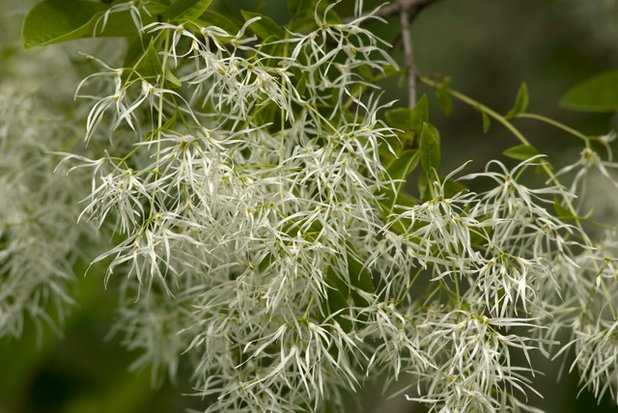
The New York Botanical Garden
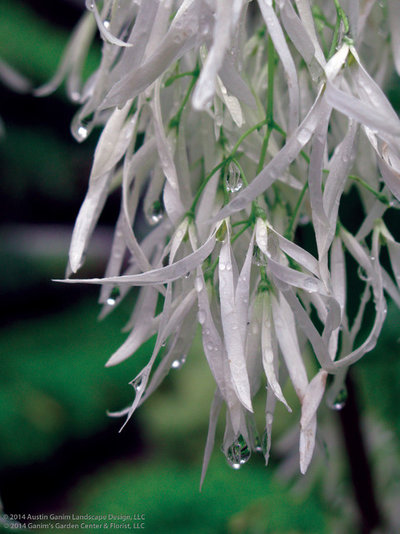
Austin Ganim Landscape Design, LLC
Botanical name: Chionanthus virginicusCommon names: Fringetree, white fringetree, old man’s beard
Origin: Native to the southeastern U.S. but hardy to colder zones
Where it will grow: Hardy to -40 degrees Fahrenheit (USDA zones 3 to 9; find your zone)
Water requirement: High
Light requirement: Full sun to partial shade
Soil requirement: Prefers moist, rich soil
Mature size: 12 to 20 feet tall and wide
Benefits and tolerances: Autumn fruit is a great wildlife food source; tolerates urban conditions
Seasonal interest: Showy white flowers in spring; showy fruit and yellow leaves in autumn
When to plant: Fall
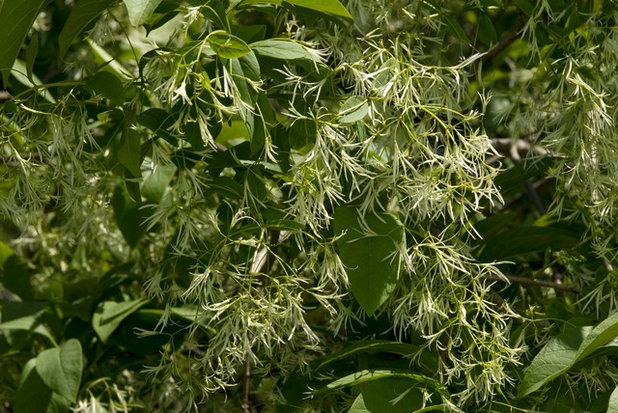
The New York Botanical Garden
Distinguishing traits. The spring flowers are the most distinguishing trait of this small tree. The flowers, with four petals each, hang down like soft, thin clusters of ribbons. The glossy, deep green leaves fully emerge while the tree is in bloom during late spring and bring a deep luster to the garden all summer.
Fringetree is dioecious, meaning that there are separate male and female plants. The deep purple-black fruits occur only on female plants, but you do not need to plant both male and female plants to have blooms. The flower petals of the male plants are longer and showier than the flowers of the female plants.
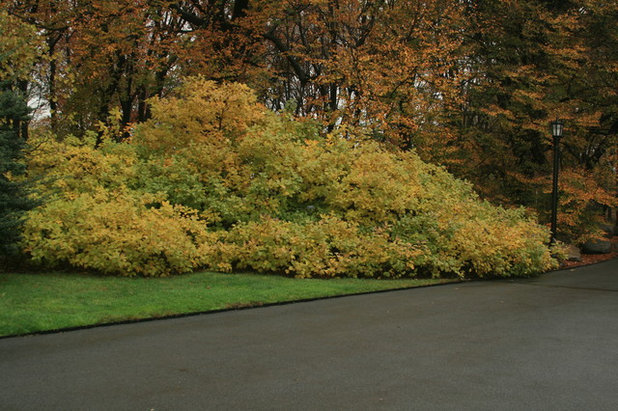
Uli Lorimer
Shown: Old fringetree with fall color
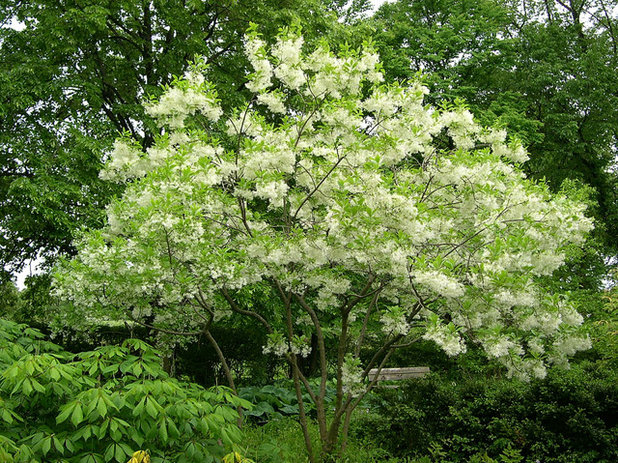 How to use it.
How to use it. As a large shrub or small tree that tolerates urban conditions, fringetree is a great courtyard tree or a showy tree for a small space with limited soil volume. It can also be used as an alternative to star magnolia (
Magnolia stellata) or other small, white-flowering trees as a specimen tree in the landscape.
Plant fringetree on the south side of your house where you want a sunny spot in winter and shade in summer. Its potential 20-foot spread can create nice shade in summer while allowing sun through in winter.
Photo by Jason Sturner
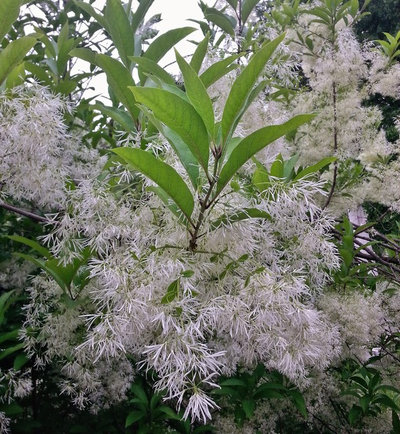 Planting notes.
Planting notes. To maintain a wide shrub form, choose a plant in the nursery with multiple well-developed trunks. If you want to train it into a small tree form, select a plant with one strong central leader trunk and prune the other branches out prior to transplanting it into the ground.
Fringetree prefers moist soils and can even tolerate some periodic water inundation. Protect it from dry conditions with a 2-inch-thick layer of pine-bark mulch. Be sure to give this tree room to spread if you are keeping the multistem form. It is a low-maintenance tree once established, because it does not need much pruning and is mostly disease free.
Photo by Will Pollard
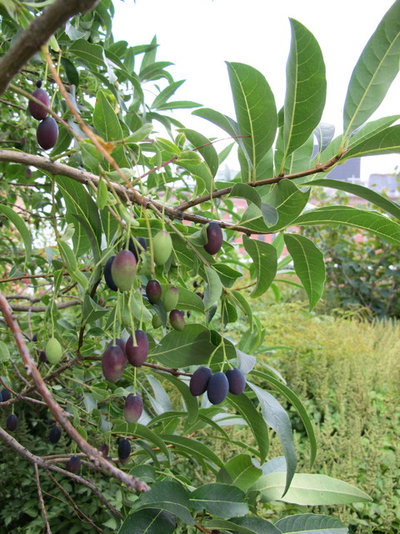 Wildlife value.
Wildlife value. This native plant has a high wildlife value because it provides food to many different animals throughout the growing season. Many birds eat the olive-like fruit of fringetree during autumn, and the fringe flowers attract pollinators in spring.
Additionally, fringetree is a confirmed host plant for rustic sphinx moth (
Manduca rustica) larvae. The rustic sphinx moth is a generalist, so you may find the larval form on many plants in your garden.
Photo by Kristine Paulus





